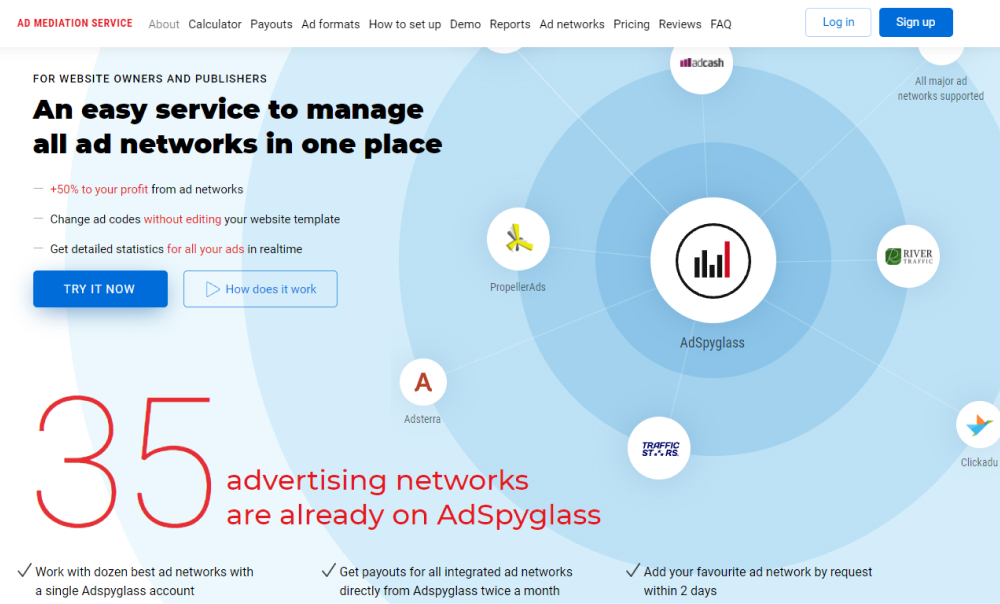E-Commerce is a term for buying or selling goods on the Internet. E-commerce is an extremely technological phenomenon, therefore it relies on several smaller phenomena: electronic transfers, Internet marketing, mobile commerce, data collection systems, electronic data exchange, etc.
There Are Several Traditional Types of E-Commerce
B2C is the most popular business model in which a service or product provider sells them directly to the end consumer.
- B2B is an increasingly popular business model in which a company focuses on cooperation with other companies.
- D2C is a relatively new phenomenon in the e-commerce world. In this case, the manufacturer or brand sells the product to the customer, avoiding cooperation with the retailers.
- C2C implies transactions between two consumers. eBay and Etsy are prime examples of platforms that provide an opportunity for such a business.
- C2B is a system where a consumer sells his services to companies. This includes freelancers, consultants, SMM marketers, etc.
In recent decades, e-commerce has rightfully taken one of the leading positions in the global economy. This system has many advantages, ranging from commonplace convenience to access to global markets. Unsurprisingly, names like Alibaba, Amazon Walmart, and others can often be seen on the list of modern-day giant companies.
